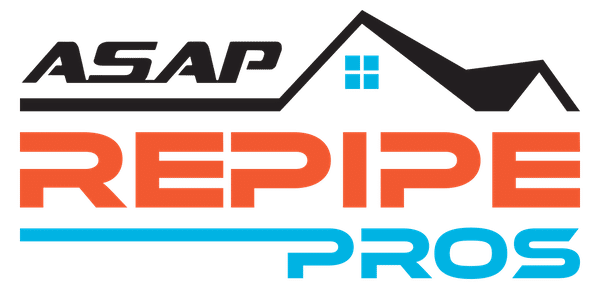
Hydro jetting is a highly effective method for clearing stubborn clogs and cleaning pipes, but many homeowners wonder whether this powerful technique is safe for their plumbing. In this blog post, we will delve into the safety of hydro jetting, provide expert insights, and offer tips on why professional services are essential for ensuring the best results.
Understanding Hydro Jetting
What is Hydro Jetting?
Hydro jetting involves using a high-pressure stream of water to clean the interior surfaces of plumbing pipes. This method is particularly effective for removing grease, mineral build-up, and other debris that can cause blockages. The pressure can reach up to 4,000 PSI, making it powerful enough to tackle even the toughest clogs.
The Safety of Hydro Jetting
Pipe Material and Condition
One key factor determining the safety of hydro jetting is the material and condition of your pipes. Hydro jetting is safe for most modern plumbing materials, including PVC, copper, and cast iron. However, older or severely damaged pipes might not withstand the high pressure as well. Before the process, a professional plumber should inspect your pipes to ensure they are in good condition and suitable for this cleaning method.
Expert Handling
The safety of the process largely depends on the operator’s expertise. Professionals have the training and experience to adjust the pressure settings and use the appropriate nozzles for different pipe materials and conditions. This precision minimizes the risk of damage and ensures effective cleaning.
Benefits of Hydro Jetting
Comprehensive Cleaning
Unlike traditional methods like snaking, which only break up clogs, this method cleans the entire pipe. This thorough cleaning helps prevent future clogs and extends the lifespan of your plumbing system. According to the Environmental Protection Agency, maintaining clean pipes is essential for efficient water use and preventing leaks.
Environmentally Friendly
The process uses only water, making it an environmentally friendly option. It avoids the use of harsh chemicals that can harm the environment and corrode pipes, making this method safe for your home and the planet.
When is it Necessary?
Frequent Clogs
If you experience frequent clogs or slow drains, the process can provide a long-term solution. It removes all build-up inside the pipes, ensuring smooth water flow and reducing the likelihood of recurring issues.
Preparation for Repairs
This is also a preparatory step for plumbing repairs or pipe relining. Thoroughly cleaning the pipes ensures that the repair materials adhere properly and the new pipe lining is installed smoothly.
Professional Services
Importance of Professional Services
While this technique is effective, it requires professional expertise to be performed safely and efficiently. Professional plumbers have the necessary equipment and knowledge to assess your plumbing system, determine the appropriate pressure levels, and execute the procedure without causing damage.
Scheduled Maintenance
Regular maintenance through professional hydro jetting can prevent major plumbing issues. Many plumbing companies offer maintenance plans that include periodic cleaning, helping you avoid costly repairs and extend the life of your plumbing system. The National Association of Home Builders recommends regular plumbing maintenance as a key aspect of home upkeep.
How Asap Repipe Pros Ensures Safe and Effective Hydro Jetting in Arizona
Hydro jetting is a powerful and safe method for cleaning pipes when performed by professionals. It provides comprehensive cleaning, prevents future clogs, and is environmentally friendly. Asap Repipe Pros, serving Arizona, specializes in professional services that ensure your plumbing system remains in optimal condition. Our team of experts carefully assesses your pipes, uses the appropriate techniques, and delivers top-notch service to keep your plumbing running smoothly. Contact us, and we will handle your hydro jetting needs with expertise and care.
